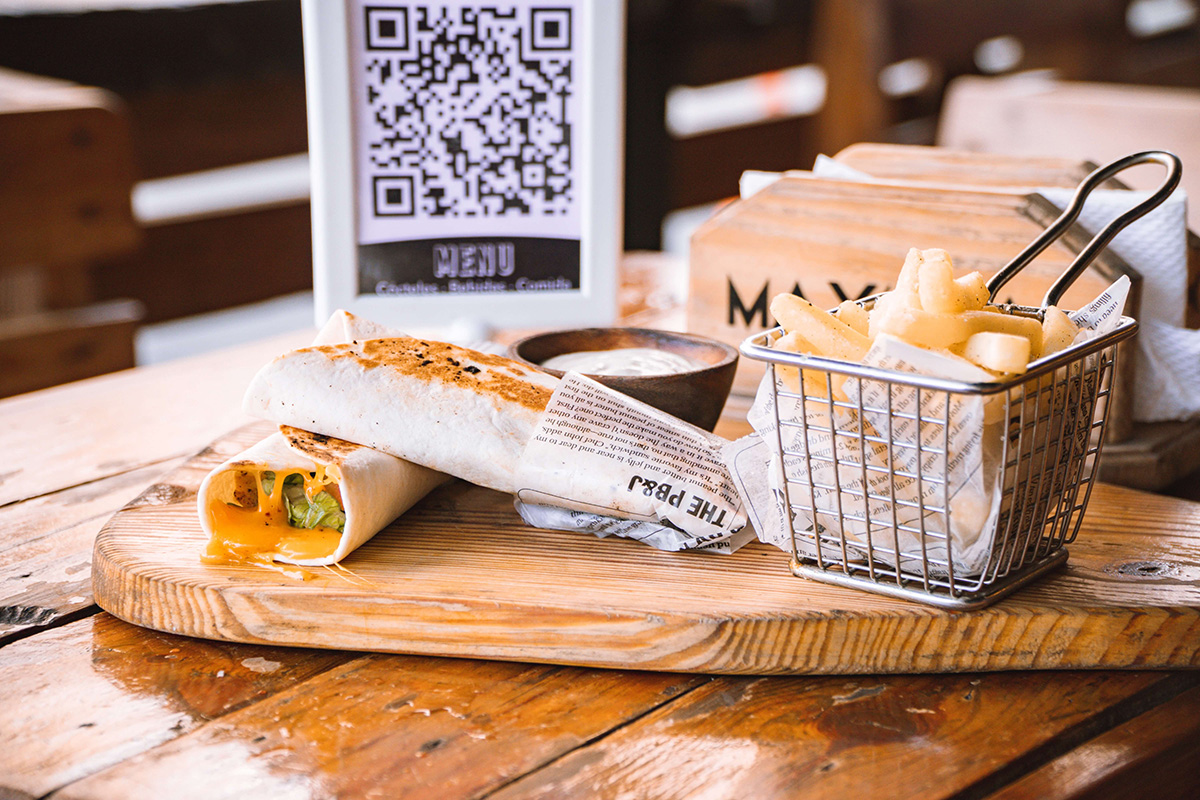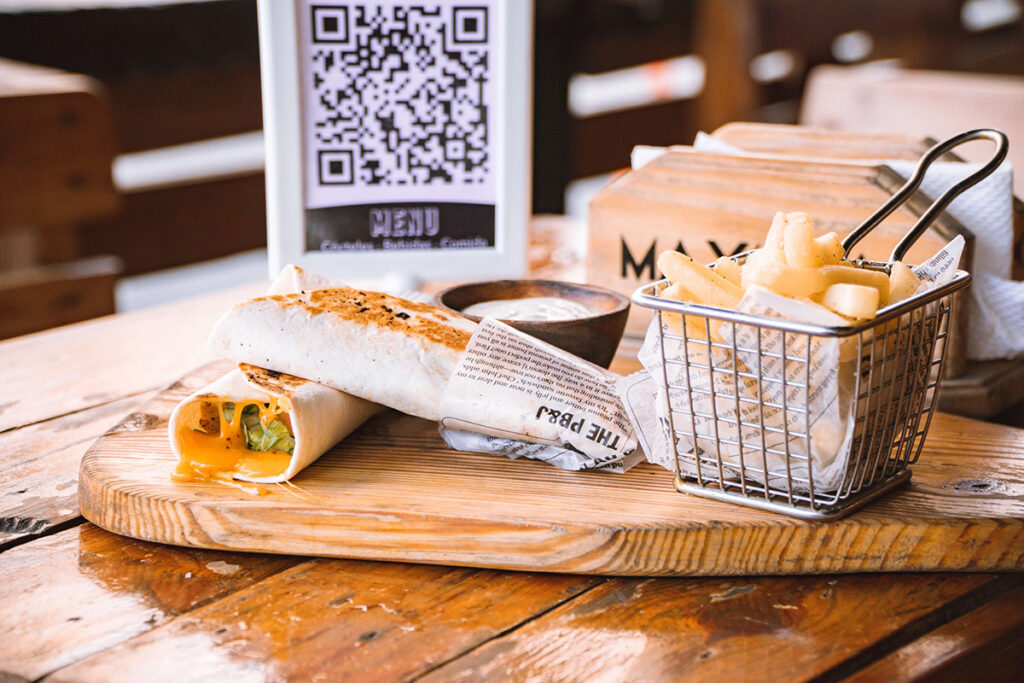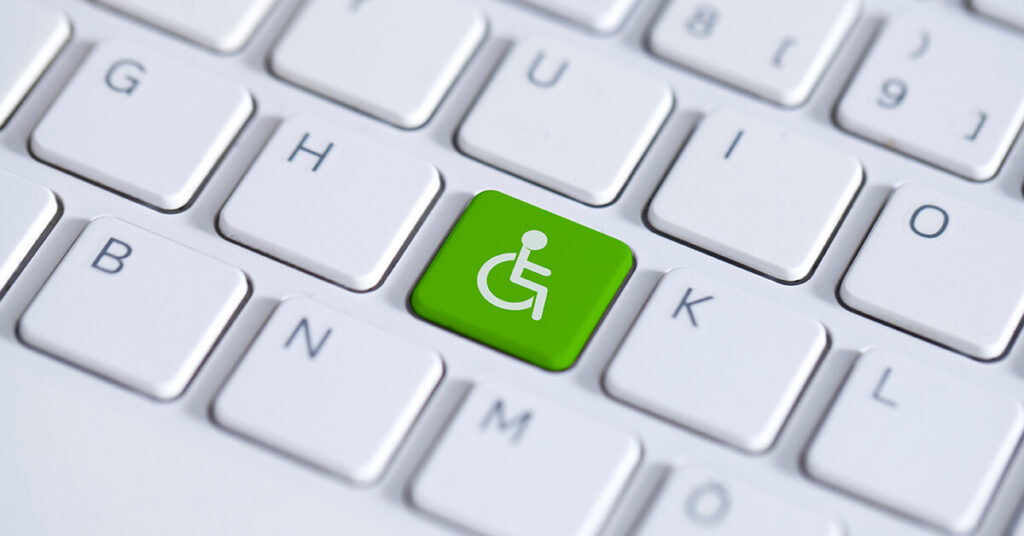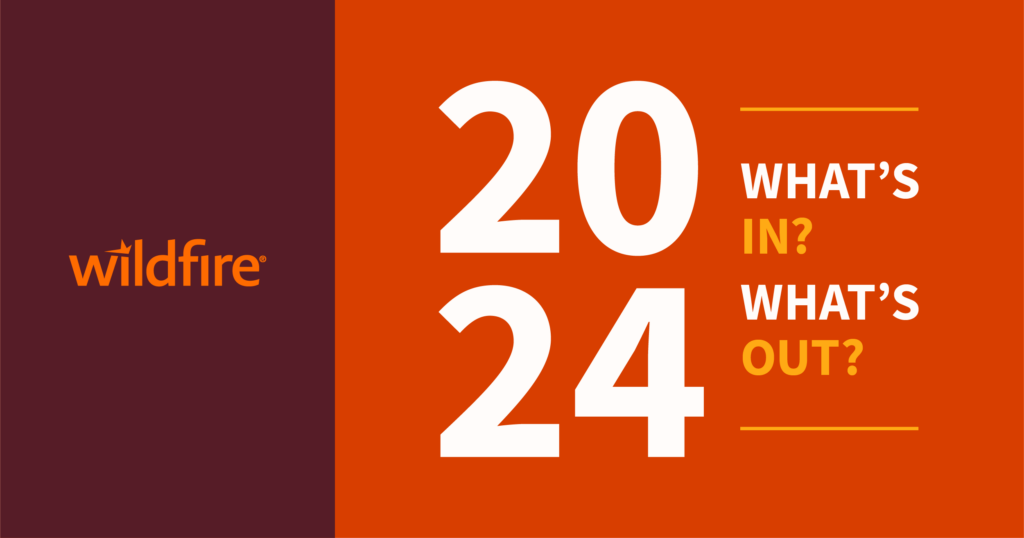
If you are capable (or even willing) to take a moment, I ask that you try to put yourself in the mindset of your pre-pandemic self. Are you there? Now, imagine that you are sitting down at a restaurant, looking at a menu, and getting ready to order one of your favorite dishes. Next, imagine you are walking past a poster board full of flyers advertising community events, organizations, and other local happenings that might be coming up.
I can bet that nowhere during this visualization practice did your mind think to look for a QR code on the menu, table, or posters you imagined. If it did, then congrats! You, like many of us, are adapting to “pandemic brain.” “Pandemic Brain” being the full acceptance and ingrained transition of all the rules, regulations, and social norms of a pandemic-ridden society into our subconscious and applying those to pre-pandemic experiences and memories.
Regardless of whether you pictured a QR code when you started reading this article, one thing is for certain: QR codes have quickly become a key aspect of our daily lives as we have continued to live during the Covid-19 pandemic. Potentially raising some questions about their origins.
QR codes are nothing new.
It is important to note that abroad, QR codes have been widely used in China and Japan for everything from payments to pet identification since their inception. Making their U.S. debut in the early 2010’s, these little squares, which at a glance resemble extraterrestrial text, were adopted by marketers all over the country and pumped out by almost every brand. As you well know, they did not stick around.
Many factors played into the QR code’s initial downfall , but most notably it was a combination of their appearance, their low user accessibility, and their lack of a use case. Remember that in the early 2010’s the iPhone and other smartphones as we know them today were still relatively new to the market. Consumers being bombarded with this foreign and unappealing little square, while also being required to have a smartphone in hand, was a lot to ask. On top of this, most smartphones required that you download a separate app capable of scanning the QR code. Simply put, consumers did not have a compelling reason to use them, no matter how many direct mailers, goods packaging, or stores they appeared in or on.
It was not until the iPhone’s iOS 11 update in 2017 and for android users 2018, that the QR code scanning capability became an inherent trait of the cameras installed on these phones. This is the first major shift in favor of the success of QR codes that we see in the U.S.
The need-to-know facts behind these mysterious little squares.
1. The “QR” in QR stands for Quick Response.
2. The technology was invented in Japan by the DENSO WAVE company, part of the Toyota family of companies, that was looking for a better way to barcode parts in factories.
3. There are five types of QR codes all capable of storing different types and sizes of information. (QR Code Model 1 & Model 2, Micro QR Code, iQR Code, SQRC, Frame QR).
4. More than 90% of mobile payments in China are made on WeChat and AliPay which rely on digital wallets and QR codes.
Exponential growth of QR codes in the U.S.

At the beginning of 2020 the ability of smartphones to scan QR codes had been an in-built capability of the native camera app going on three years, with no notable change in their use in the U.S. Although that major barrier had been removed from the user experience, it was not enough to push QR codes into mainstream use. The potential value that QR codes offered to consumers was still not incentive enough because the behavior to interact with the codes was still not ingrained in the typical consumer’s mind.
This all changed in March of 2020. QR codes exploded in numbers because they pointedly and efficiently responded to real consumer needs as the virus began to tear through the States. Inherently, due to their design and accessibility (thank you iOS 11 & Android 2018) they addressed almost all of the new health concerns of retail shopping and service-oriented consumer experiences, and they did so in a low- to no-cost manner for both businesses and consumers. QR codes had now officially entered the scene in the U.S. as an industry changing standard for businesses to employ.
Seemingly overnight, you see QR codes as menus posted on tables in restaurants, QR codes as a means for contactless payments in stores, QR codes used for checking into appointments, and the list goes on and on. I could continue to rattle off all the innovative and creative ways that QR codes have revolutionized the consumer experience in the States, but I am sure each and every person reading this article has experienced one or multiple surprising QR code uses over the past 18 months.
The era of the QR code
QR codes have finally found their use case, and have begun the process of becoming an ingrained consumer behavior. They provide consumers with the easy and frictionless experiences they crave all the while ensuring the continued health and safety necessary in a pandemic-ridden world.
They have become so ingrained in myself and others in my circle that when confronted for the first time in well over a year with a physical menu about a week ago, we were all a little shocked. We had forgotten what it was like to handle a laminated piece of paper consisting of a jumbled mess of words, prices, and that eerily sticky feeling of someone else’s meal that seems to be the pandemic of the printed menu world.
Time will tell if these once foreign and annoying printed mess of squares and shapes are here to stay, but I can say confidently that they promote a retail and service experience fit for the 21st Century and beyond. There are many things that this pandemic has shown us as a collective, but one shift I did not anticipate is the role that QR codes have taken on as the backbone of the modern pandemic-ridden society’s retail and service economy.
To further explore Wildfire’s case studies and other services scan here!


Written by:


